Intriguing Study Reveals Life In Earth’s Soil Is Much Older Than Previously Thought
MessageToEagle.com – When studying 3,000 million-year-old rocks in the Pilbara region of Western Australia, scientists discovered that life in Earth’s soil is probably much older than previously expected.
The results are controversial because they contradict our knowledge of how life evolved on Earth and when, but this new study is very intriguing and offers evidence there is a strong connection between the development of early life on land and in waters.
The rugged and remote Pilbara region is one of Australia’s most fascinating places with traces of Earth’s earliest life.
The region’s rock art tracks prehistoric habitation older than the ice age and there is still a lot we can learn but examining ancient rock art and fossils in this region.
By studying several things, mostly meteorites, and using radioactive dating techniques, specifically looking at daughter isotopes, scientists have determined that our Solar System and Earth is 4.6 billion years old.
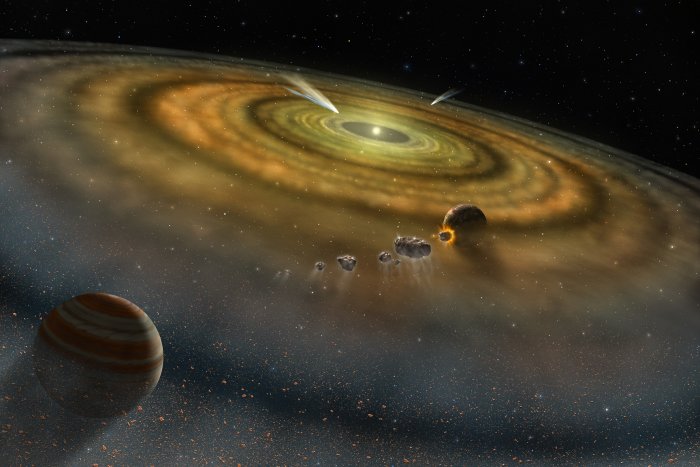
A closer examination of microfossils that are so small they require a microscope to be viewed, suggests life was not only present, but thriving in soils of the early Earth about two thirds of the way back to its formation from the solar nebula.
These tiny fossils, present in the desert of northwestern Australia probably represent whole organisms and studying them gives us vital clues not only about how life evolved on Earth, but this knowledge can also help scientists to discover life on other planets.
It was previously assumed these 3,000 million-year-old Australian rocks were of marine origin, but “a closer look at the dusty salt minerals of the rocks suggests they had to have experienced evaporation on land,” said University of Oregon paleontologist Gregory Retallack, lead author on a study in the December issue of the international journal Gondwana Research.
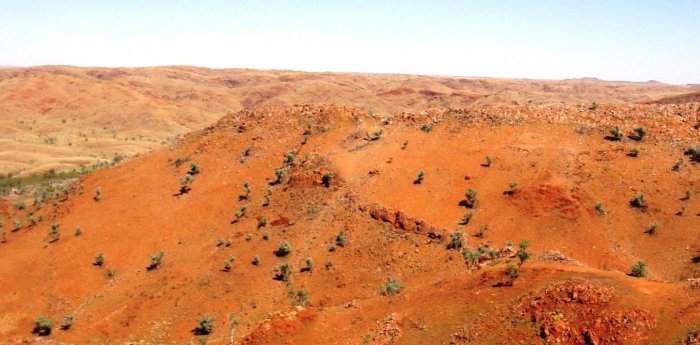
In their study, researchers examined microbiome of at least five different kinds of microfossils recognized from their size, shape and isotopic compositions. The largest and most distinctive microfossils are spindle-shaped hollow structures of mold-like actinobacteria, still a mainly terrestrial group of decomposers that are responsible for the characteristic earthy smell of garden soil.
See also:
3.5 Billion-Year-Old Bacterial Ecosystems Discovered in Australia’s Pilbara Region
Australia’s Pilbara Rock Art Older Than The Ice Age
The Valley At The End Of The World – And The Magical Mysteries We Found There
“They are evidence that life in soils was critical to the cycles of carbon, phosphorus, sulfur and nitrogen very early in the history of the planet,” said Professor Retallack.
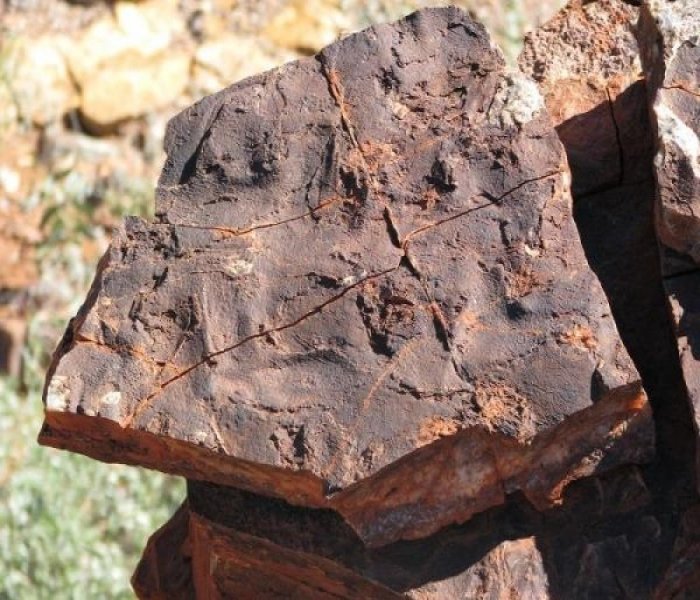
The results of the study are controversial because many researchers have long pointed to stromatolites, a life form that emerged 3.7 billion years ago, and other marine life as evidence of life that evolved in the sea and found their way into intertidal rock formations.
For several billion years, the whole of the Earth’s land surface was completely barren. Even after life had richly populated the oceans, there is no clear evidence for any life on land.”
“The newly recognized microfossils may have supplied some evidence at last,” Retallack said.
The Pilbara region of Western Australia is in many ways a unique window to the past, present and maybe even the future.
MessageToEagle.com
Expand for referencesRelated Posts
-
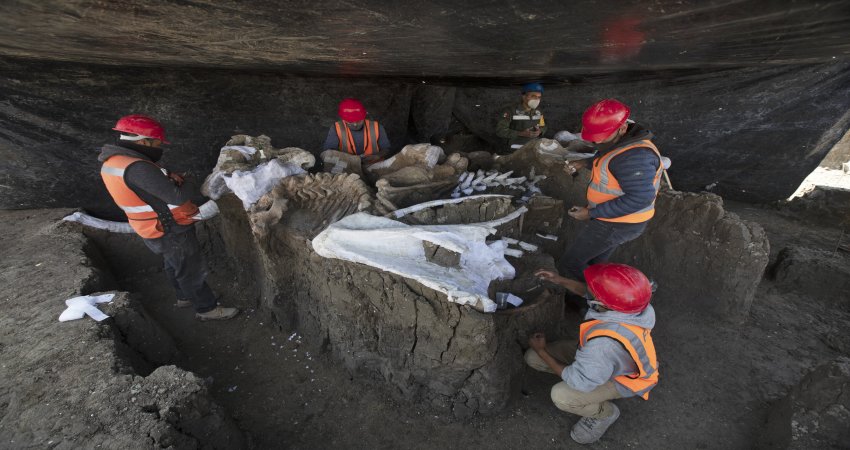 Huge Number Of Mammoth Skeletons Unearthed At Mexico’s Airport Site
No Comments | Sep 7, 2020
Huge Number Of Mammoth Skeletons Unearthed At Mexico’s Airport Site
No Comments | Sep 7, 2020 -
 Oldest Human Cranium Fossil Discovered In Aroeira Cave In Portugal
No Comments | Mar 15, 2017
Oldest Human Cranium Fossil Discovered In Aroeira Cave In Portugal
No Comments | Mar 15, 2017 -
 Altai Mountains Were Home To Porcupines 30,000 Years Ago
No Comments | Mar 14, 2017
Altai Mountains Were Home To Porcupines 30,000 Years Ago
No Comments | Mar 14, 2017 -
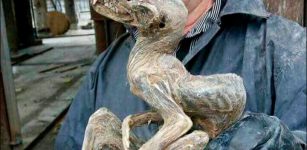 Mysterious ‘Mummy Monster’ Found In Yakutia
No Comments | Aug 9, 2016
Mysterious ‘Mummy Monster’ Found In Yakutia
No Comments | Aug 9, 2016 -
 Ancestor Of All Animals Identified In Australian Fossils
No Comments | Mar 24, 2020
Ancestor Of All Animals Identified In Australian Fossils
No Comments | Mar 24, 2020 -
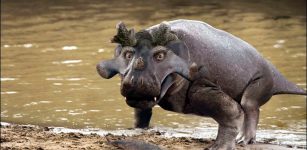 Fossils Of 267-Million-Year-Old Crowned Crocodile Dinosaur Discovered In The Ural Mountains
No Comments | Jun 26, 2016
Fossils Of 267-Million-Year-Old Crowned Crocodile Dinosaur Discovered In The Ural Mountains
No Comments | Jun 26, 2016 -
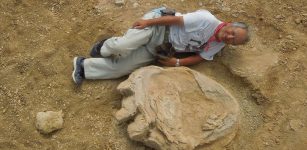 Giant Dinosaur Footprints Discovered In The Gobi Desert
No Comments | Oct 5, 2016
Giant Dinosaur Footprints Discovered In The Gobi Desert
No Comments | Oct 5, 2016 -
 Rare Bones Of Horrifying Giant Jurassic Sea Monster Discovered In Poland
No Comments | Nov 4, 2019
Rare Bones Of Horrifying Giant Jurassic Sea Monster Discovered In Poland
No Comments | Nov 4, 2019 -
 DNA Reveals Mysterious Unknown Species Bred With Early Humans
No Comments | Jul 26, 2016
DNA Reveals Mysterious Unknown Species Bred With Early Humans
No Comments | Jul 26, 2016 -
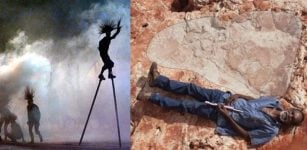 Aboriginal Creation Story Of Marala Was True – World’s Largest Dinosaur Footprints Confirm Ancient Creation Myth
No Comments | Mar 29, 2017
Aboriginal Creation Story Of Marala Was True – World’s Largest Dinosaur Footprints Confirm Ancient Creation Myth
No Comments | Mar 29, 2017
